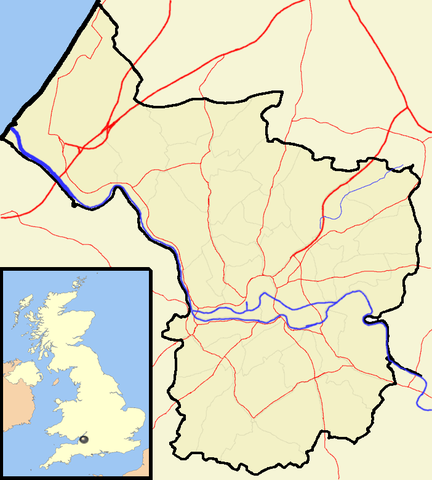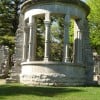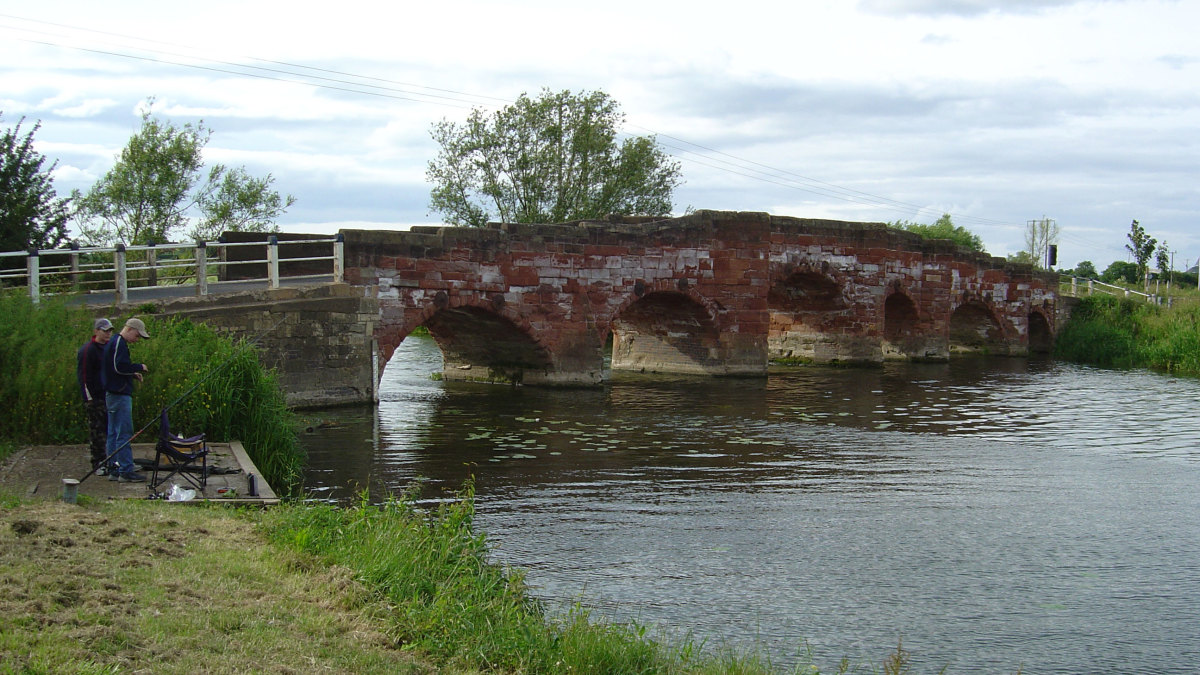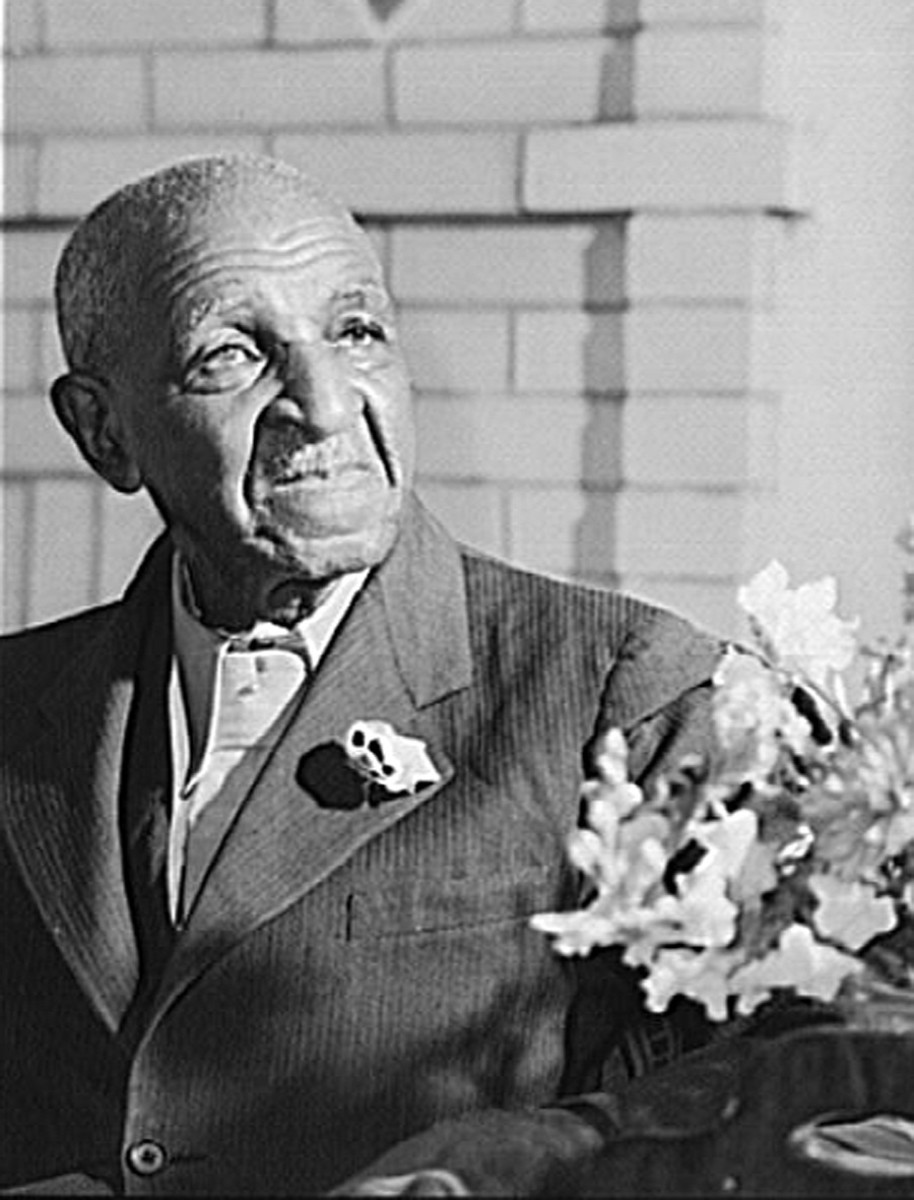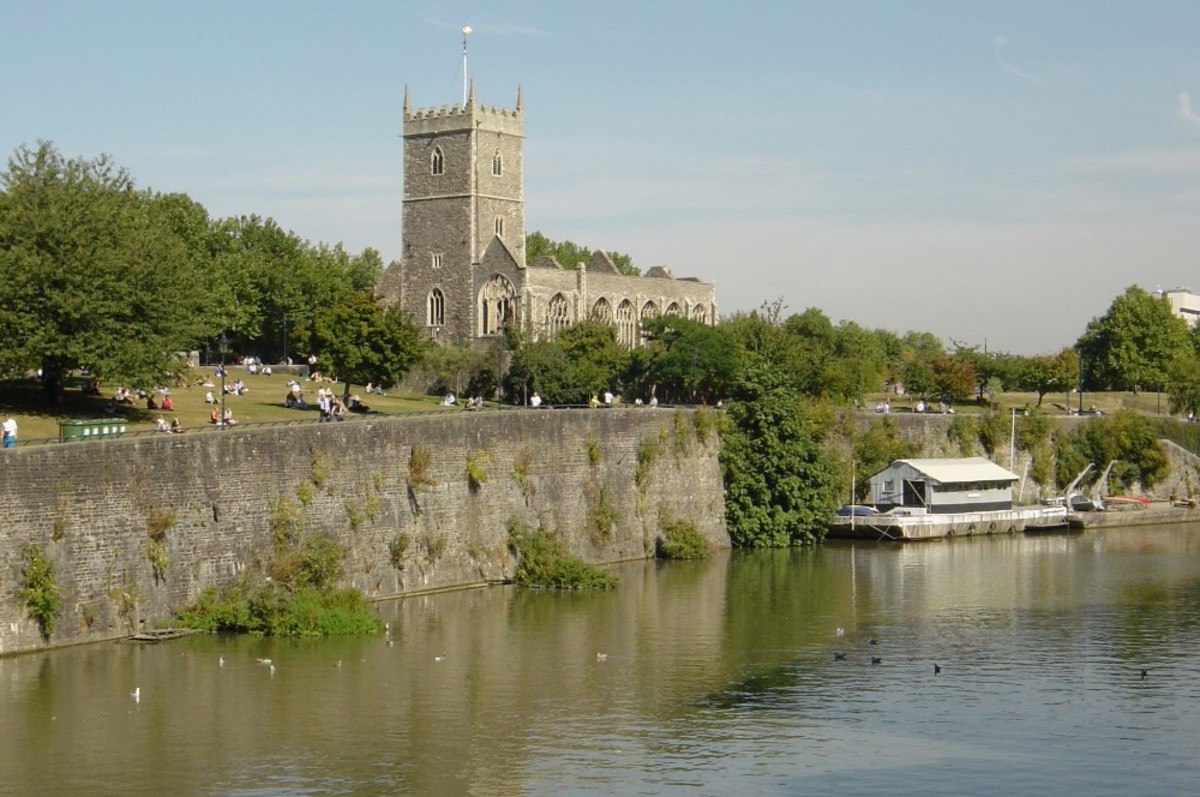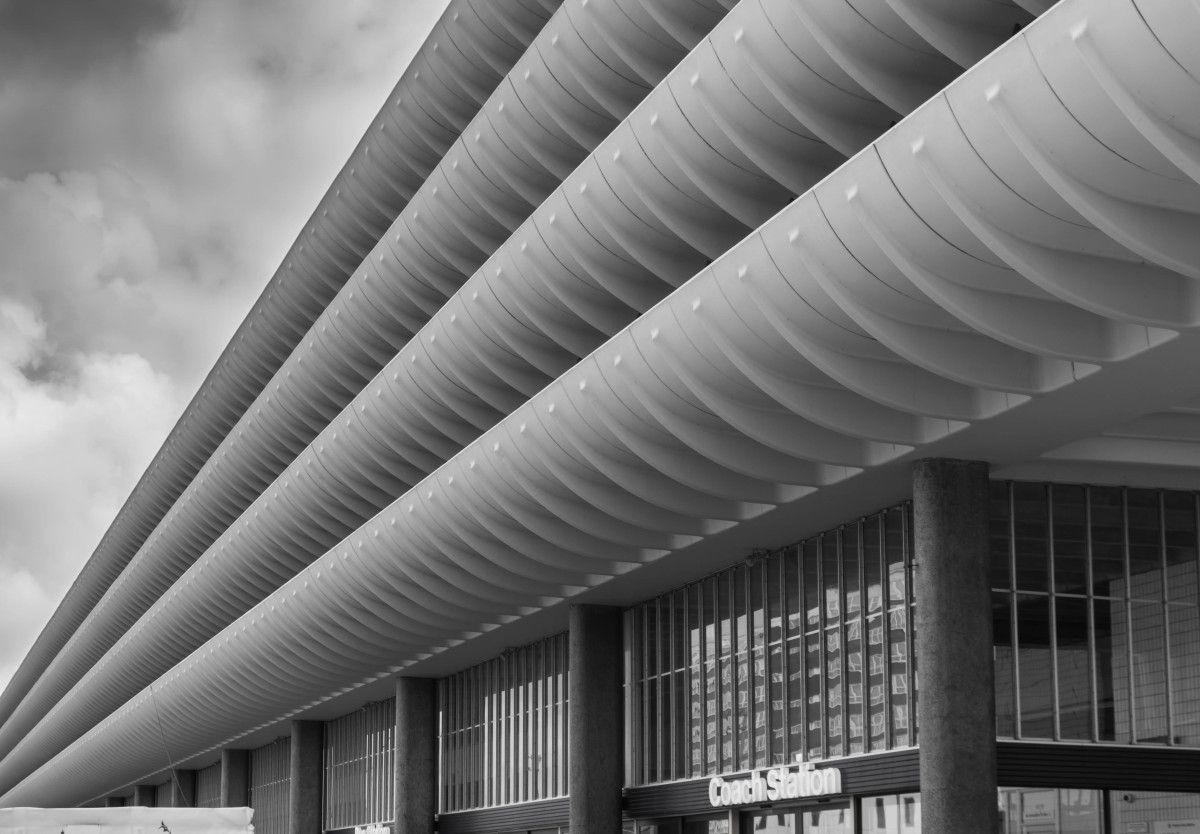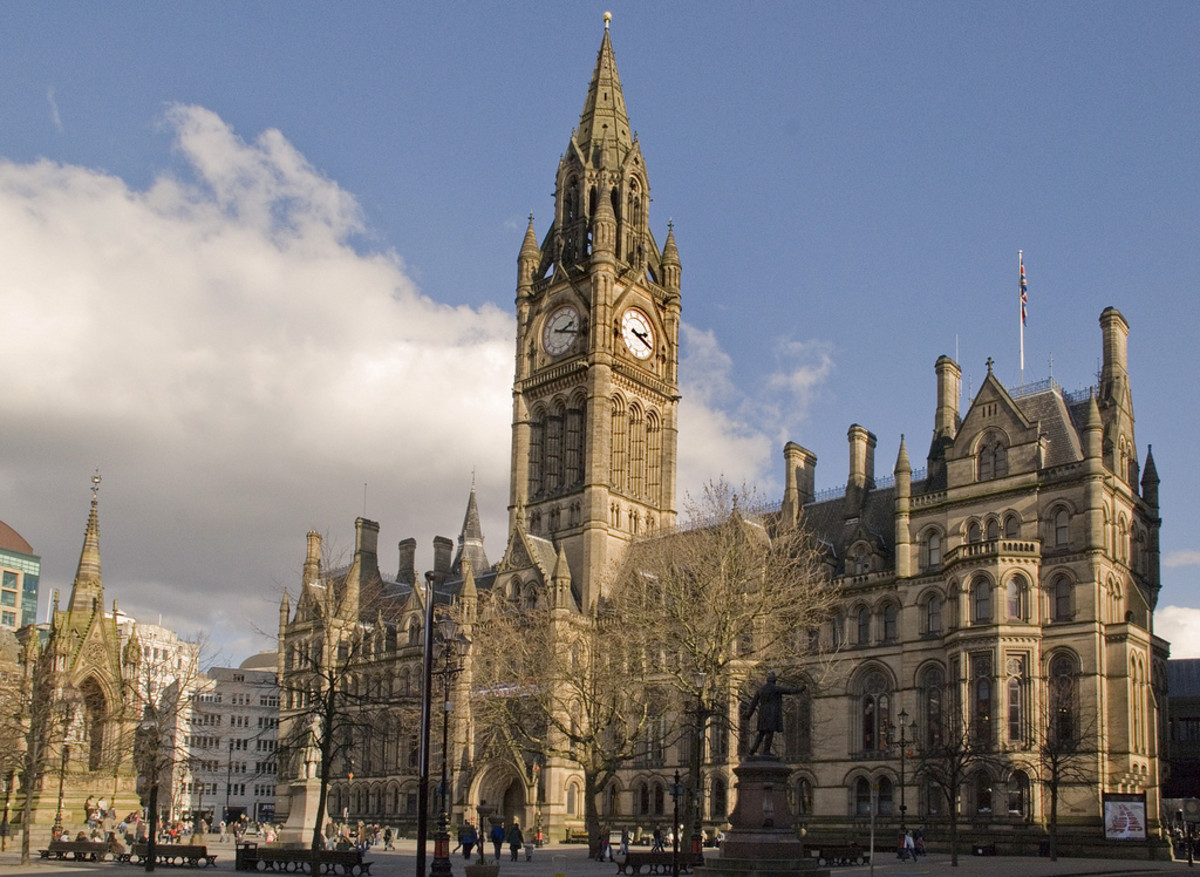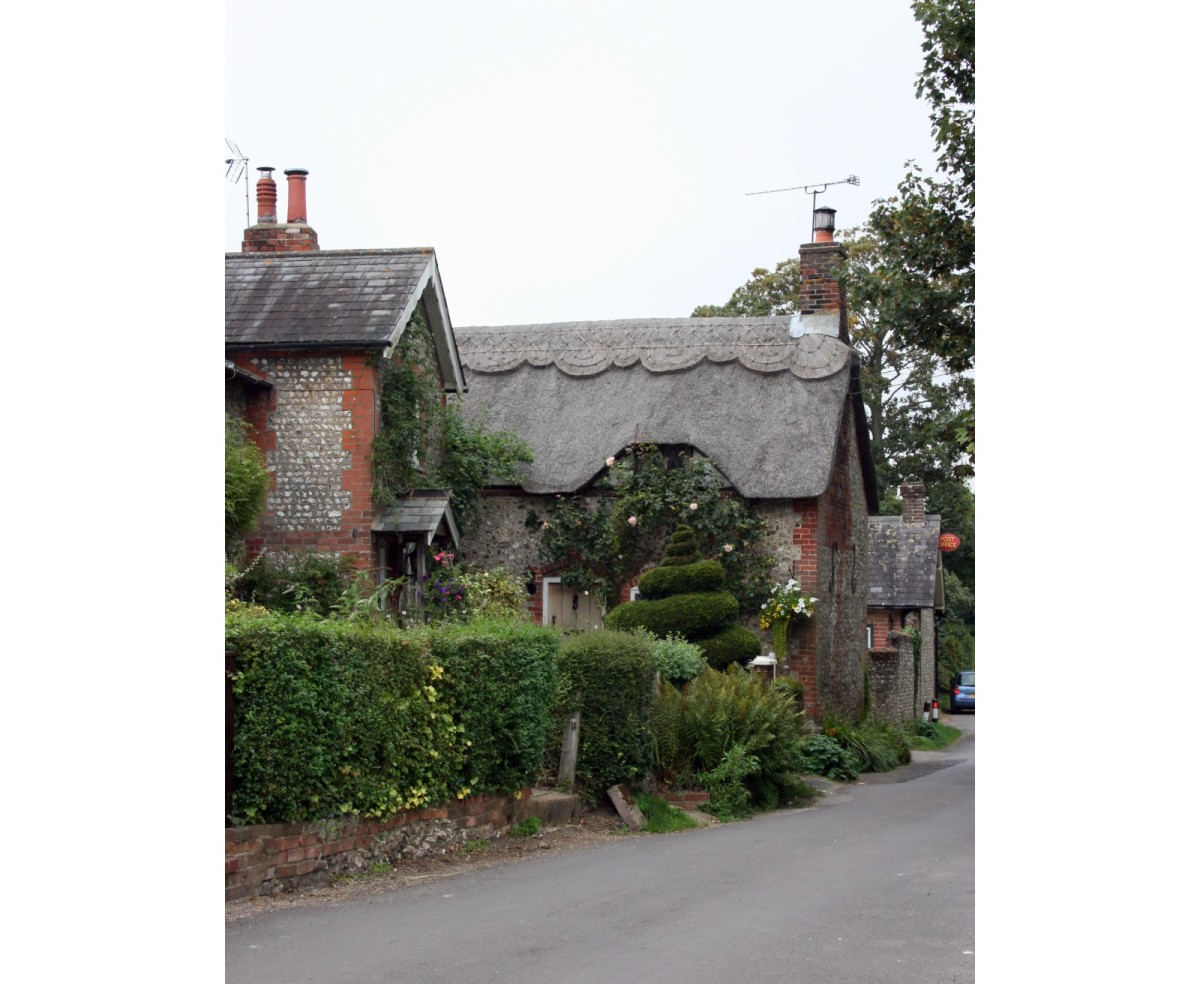- HubPages»
- Travel and Places»
- Visiting Europe»
- United Kingdom
Visiting Bristol, England, With Its Wills Memorial Building of the University of Bristol: Sedate Academic Architecture

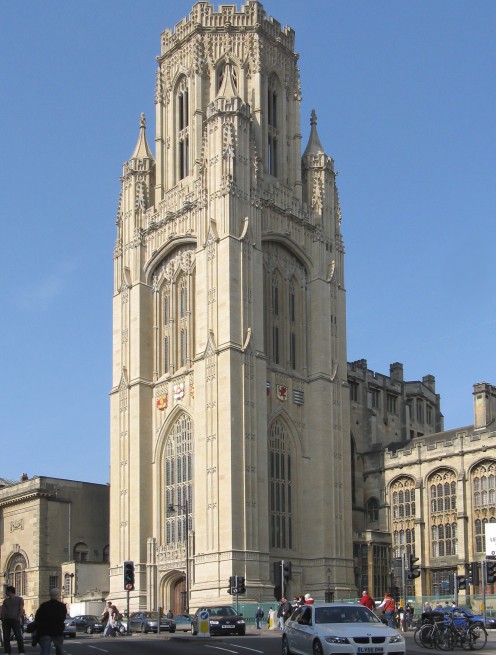
Perpendicular Gothic by Sir George Oatley at a mature and distinguished university
The architect Sir George Oatley (1863-1950) was responsible for this sedate, academic edifice — known as the Wills Memorial Building, after prominent, local benefactors — which today continues to be the hub of the affairs of the University of Bristol.
Some features of the building
The architect worked in Perpendicular Gothic style, seeking generally to emulate various examples of architecture at Oxford and Cambridge.
In 1925, the year of its completion, the building was formally inaugurated by King George V and Queen Mary. Sir George had been appointed University Architect many years previously; his design for the building was undertaken in 1912, but World War One intervened to delay work on construction.
The height of the building's tower is 68 metres and, given its location near the brow of a hill, is a very prominent landmark in the City of Bristol. In the years 2006-2007, the building underwent a program of cleaning, resulting in its stonework reverting to a pristine look.
A major feature of the tower is an octagonal lantern housing a 9.5 tonne bell (known as Great George). The main materials used in construction were reinforced concrete, with Bath stone facing.
Included in the building complex is the Great Hall, with a Hammerbeam roof, used for degree ceremonies.
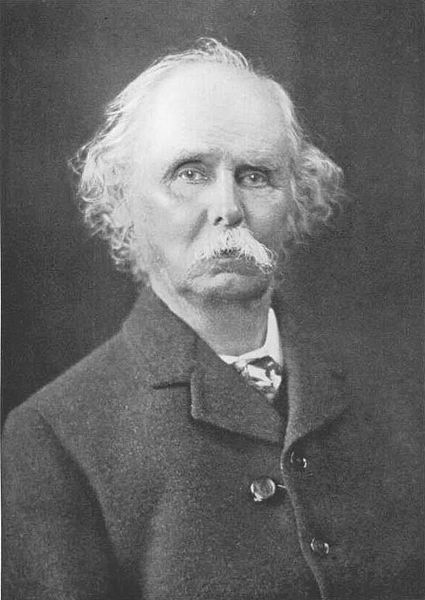
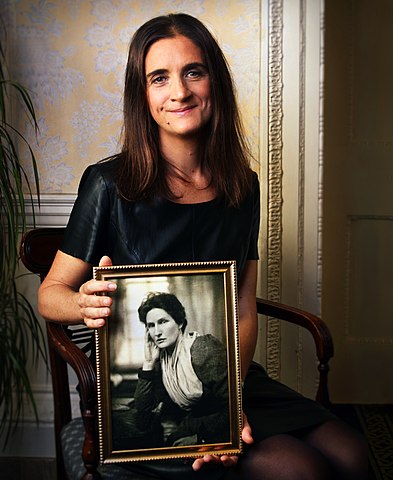
Some historical associations of the University....
Many highly distinguished scholars have been associated with Bristol University, or its predecessor, University College. A very few of these have been: Alfred Marshall (1), economist, served as Principal of University College, Bristol; economist Mary Paley Marshall (2) lectured at the University College; Paul Dirac (3), who won the Nobel Prize in Physics in 1933; and many others.
Bristol University's charter of incorporation dates from 1909, but the institution's history goes back much further. By the time of its formal incorporation, the University was heir to many local efforts to promote scholarship and educational opportunity. John Percival (4) was very active in seeking to establish university level studies in the city.
...with distinguished foundations for the university education of women
A significant, local educational undertaking, influential in the establishing of University College, Bristol in 1876, was the Clifton Association for the Higher Education of Women, of which the distinguished translator Catherine Winkworth (5) was Secretary.
So successful, in fact, were the efforts of this Association, that, when the University College was opened and its scholarships and lectures commenced, the proportion of women was recorded as making up the great majority of the student body, a striking fact of which the College's trustees were compelled to take note rapidly (6).
...with Sir Winston Churchill
From 1929, Winston Churchill (later Sir Winston Churchill) served as Chancellor of the University of Bristol until his death in 1965.
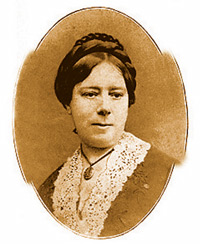
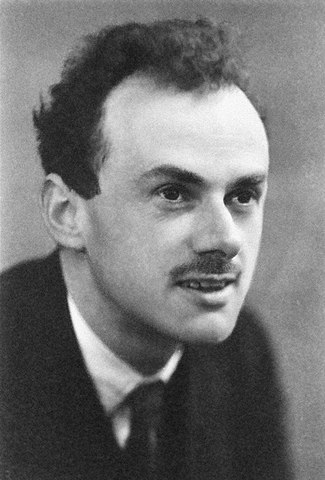
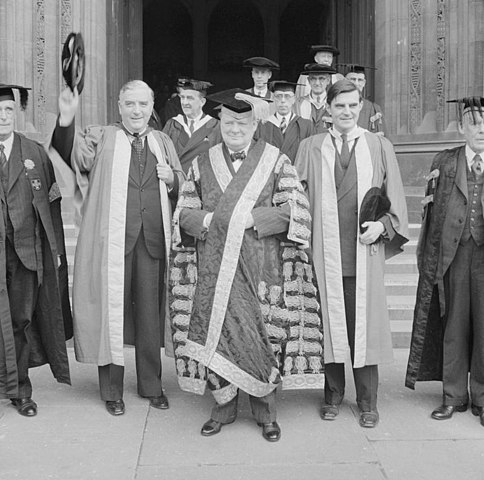
Notes
(1) Alfred Marshall (1842-1924) lay many of the foundations of the study of economics, a discipline which he also developed at Cambridge University; he was notably the author of Principles of Economics (1890); he worked closely with many economists, including John Maynard Keynes, who emerged as the country's leading economic thinker, after Marshall's death.
(2) Mary Paley Marshall (1850-1944) jointly wrote The Economics of Industry (1879) with Alfred Marshall, her husband; she later served as an economics librarian at Cambridge University. See photo supplied, above, of Bristol University Economics Professor Sarah Smith with a picture of Mary Paley Marshall.
(3) Paul Dirac (1902-1984) was Bristol-born and studied for two degrees at Bristol University before moving to Cambridge, and later to universities in the United States. He shared the 1933 Nobel Physics with Erwin Schrödinger. He is known for many scientific equations and theorems.
(4) John Percival (1834-1918) was Headmaster of Clifton College, Bristol, and, successively, President of Trinity College, Oxford, Headmaster of Rugby School and Bishop of Hereford.
(5) Catherine Winkworth (1827-1878) 'did more than any other single individual to make the rich heritage of German hymnody available to the English-speaking world', The Harvard University Hymn Book , p. 288; she was a delegate to the Congress of Women Workers, Darmstadt, in 1872, and promoted the Women's Suffrage cause.
(6) See also: http://www.symondsinbristol.co.uk/?p=770; John Addington Symonds, Robert L. Peters (Editor), Herbert M. Schueller, The Letters of John Addington Symonds, Vol. 2 : 1869-1884, Detroit, Wayne State University Press, 1968, p. 434
Also worth seeing
Bristol University's Royal Fort is one of a number of its other, fine historic buildings, as are the Victoria Rooms, Clifton Hill House and Goldney Hall; Goldney Gardens has a Gothic Tower and a grotto.
Among the City of Bristol's other, famous landmarks are included: the Cabot Tower; the Clifton Suspension Bridge, a marvel of 19th century engineering; Bristol Cathedral; the scenic, Avon Gorge; John Wesley's New Room, the world's oldest Methodist Chapel, dating from 1739.
...
How to get there: United Airlines flies to London Heathrow Airport , from where car rental is available. London Heathrow is 168 kilometres from Bristol. There are fast railroad links between London and Cardiff. Some facilities mentioned may be withdrawn without notice. For up to date information, please check with the airline or your travel agent.
MJFenn is an independent travel writer based in Ontario, Canada.
